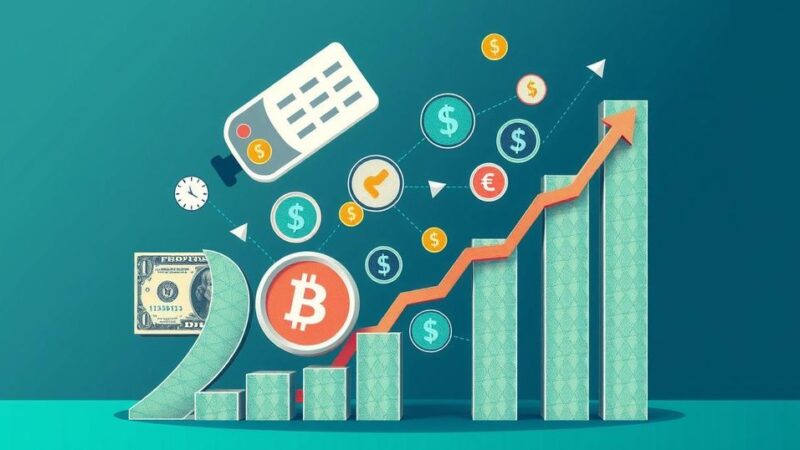Apple Inc. disputes allegations of using conflict minerals in its products and has directed suppliers to stop purchasing minerals from Congo and Rwanda due to escalating conflicts in the region.
On Tuesday, Apple Inc. announced its strong denial of allegations claiming that it incorporates conflict minerals in its products. The company revealed that earlier this year it instructed its suppliers to cease all purchases of specific minerals, namely tin, tantalum, tungsten, and gold, sourced from the Democratic Republic of Congo and Rwanda. This directive was issued in light of escalating conflicts in these nations, which have raised concerns about ethical sourcing in the tech industry. The announcement follows a newly filed criminal complaint against Apple in both France and Belgium, where the Congolese government has accused the company of utilizing conflict minerals that have been laundered through various international supply chains.
The discussion surrounding conflict minerals is pivotal in the tech industry, particularly concerning the ethical implications of sourcing raw materials from conflict-affected regions. The Democratic Republic of Congo is often spotlighted due to its rich deposits of valuable minerals used in electronics yet plagued by ongoing violence and human rights abuses. As a leading global technology company, Apple’s sourcing decisions are closely monitored by both regulators and the public, making its statements and actions regarding such practices critical to its corporate reputation.
In summary, Apple Inc. firmly counters the accusations related to the use of conflict minerals in its products. By proactively directing its suppliers to halt the procurement of specific minerals from conflict zones, the company seeks to enhance its commitment to ethical sourcing. This move is particularly significant given the recent legal actions initiated by the Congolese government, highlighting the ongoing challenges and scrutiny faced by technology firms in the realm of responsible sourcing practices.
Original Source: www.investing.com





